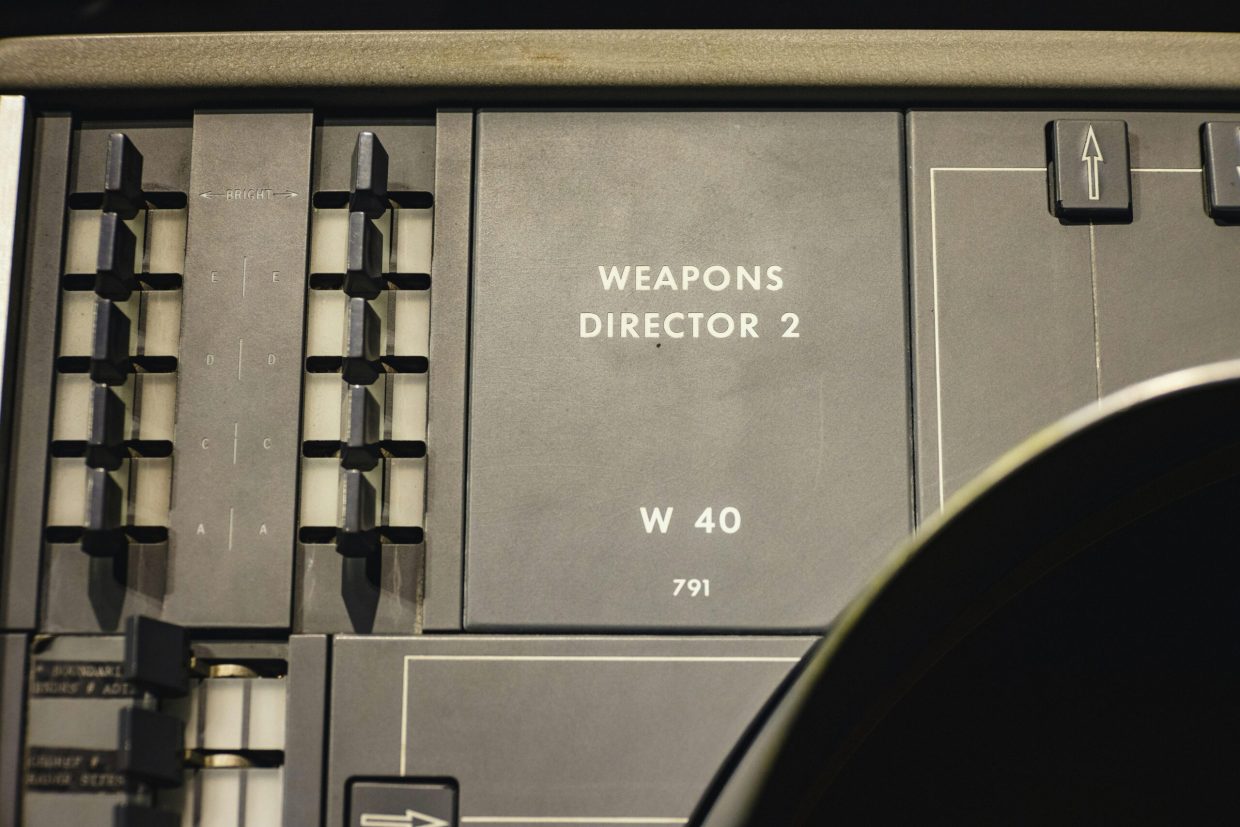In the midst of ongoing global conflicts, the flow of weapon supplies and arms deals continues to play a critical role in shaping the dynamics of war zones today. From state-sponsored transfers to illicit black-market trades, the distribution of military hardware significantly influences the balance of power, prolongs hostilities, and affects civilian populations. This article examines the latest trends in arms transfers, the key players involved, and the geopolitical ramifications of weapon supplies fueling conflicts around the world.
Table of Contents
- Weapon Supplies and Their Direct Influence on Current Conflict Dynamics
- Geopolitical Implications of Arms Deals in War-Torn Regions
- Challenges in Regulating International Arms Transfers Amid Ongoing Conflicts
- Policy Recommendations for Enhancing Transparency and Accountability in Arms Trade
- In Conclusion
Weapon Supplies and Their Direct Influence on Current Conflict Dynamics
The influx of advanced weaponry into active war zones remains a pivotal factor shaping the course of current conflicts. These supplies often introduce new variables, such as enhanced tactical capabilities and shifts in power balances among combatants. Governments and proxy forces receiving arms can escalate hostilities, prolonging violence or tipping marginal confrontations into full-blown warfare. Additionally, the origin of these weapons plays a critical role in international diplomacy, as donor countries face growing scrutiny over the ethical implications of fueling prolonged crises. Key elements influenced by weapon deliveries include:
- Combat effectiveness: Modern arms improve operational success and survival rates on the battlefield.
- Regional stability: Influxes can destabilize fragile political environments, triggering cascading security challenges.
- Negotiation leverage: Armed groups or states gain bargaining power during peace talks based on their armament level.
Furthermore, arms deals often intertwine with covert geopolitical agendas, where supplying countries seek to extend influence under the guise of security assistance. This reality complicates conflict resolution efforts, as stakeholders must consider hidden interests driving arms flows. The rapid dissemination of weaponry, including drones, precision-guided munitions, and small arms, underscores the critical need for transparent monitoring mechanisms. Without them, the risk of further destabilization and humanitarian fallout remains alarmingly high, as armed actors exploit these resources to assert dominance and undermine peace initiatives.
Geopolitical Implications of Arms Deals in War-Torn Regions
Arms transactions in conflict-affected areas are reshaping regional power dynamics, often exacerbating pre-existing tensions between neighboring states. The influx of advanced weaponry not only fuels ongoing violence but also emboldens factions that might otherwise seek negotiated solutions. This destabilization impedes diplomatic efforts and complicates the geopolitical landscape, as external actors vie for influence through military support. Key consequences include:
- Strengthening proxy conflicts, which prolong wars and widen humanitarian crises.
- Creating arms dependency that undermines local governance and security sectors.
- Shifting alliances and creating unpredictable security dilemmas for regional powers.
Moreover, the global arms market’s role in supplying war zones raises critical ethical and legal questions about accountability. International oversight mechanisms struggle to monitor the movement of weapons, which often end up in the hands of non-state actors and militias. This proliferation exacerbates violence against civilians and entrenches cycles of militarization, challenging long-term peacebuilding initiatives and prompting calls for stricter controls on defense exports to fragile states.
Challenges in Regulating International Arms Transfers Amid Ongoing Conflicts
Regulating arms transfers in conflict-affected regions remains a complex and often contentious endeavor. The international community grapples with ensuring compliance among sovereign states, many of which pursue their strategic interests through covert weapon deals. Export controls and embargoes frequently face loopholes, where arms are rerouted through third-party countries or illicit networks, undermining efforts to curtail the flow of weapons into volatile zones. Moreover, geopolitical rivalries fuel arms sales as external powers seek to bolster allied factions, complicating consensus on enforcement mechanisms.
Several critical challenges exacerbate regulation difficulties, including:
- Lack of transparency in arms transactions, hindering accountability
- Weak international legal frameworks permitting inconsistent application of controls
- The proliferation of unregistered arms dealers operating outside formal oversight
- Divergent national priorities that prioritize short-term security gains over long-term peace
Addressing these obstacles requires enhanced cooperation, robust monitoring systems, and stronger political will to enforce international norms, ensuring arms transfers do not further destabilize already fragile contexts.
Policy Recommendations for Enhancing Transparency and Accountability in Arms Trade
To mitigate the devastating impact of illicit arms flows into conflict zones, governments must implement stringent regulatory frameworks that prioritize transparency. This includes mandatory public reporting on arms exports, detailing recipients, quantities, and intended use. Strengthening international cooperation to enforce these regulations is essential, alongside establishing independent monitoring bodies to audit arms transactions and ensure adherence to international humanitarian laws. Key policy actions include:
- Enhanced disclosure requirements for all stakeholders involved in arms manufacturing and distribution.
- Standardized verification mechanisms across borders to track end-use compliance.
- Clear accountability protocols with punitive measures for breaches, ensuring political and corporate responsibility.
Furthermore, empowering civil society organizations and journalists through secured access to arms trade data fosters public scrutiny and democratic oversight. Technology-driven solutions such as blockchain for transaction transparency and AI for pattern recognition in arms flows can revolutionize accountability efforts. These combined measures form a comprehensive approach to curbing the unchecked spread of weapons in sensitive regions, ultimately promoting peace and stability.
In Conclusion
In conclusion, the dynamics of weapon supplies and arms deals continue to play a pivotal role in shaping conflicts across contemporary war zones. The intricate web of transactions, often influenced by geopolitical interests and regional alliances, underscores the complexity of modern warfare and its far-reaching consequences. As international stakeholders grapple with the challenges of regulation and accountability, understanding the flow of arms remains critical to efforts aimed at conflict resolution and humanitarian protection. Ongoing vigilance and comprehensive policy approaches are essential to mitigate the impact of arms proliferation and promote lasting stability in these volatile regions.













